camera trap
drone
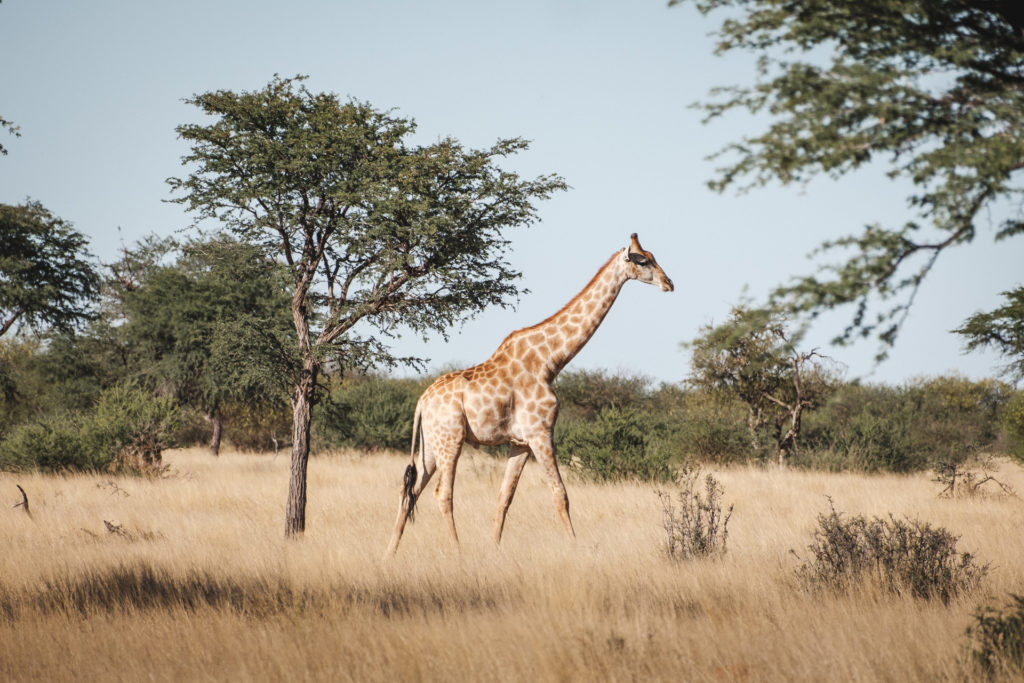
The giraffe is the tallest mammal in the world and even their newborns are taller than most humans. They are already extinct in at least seven countries in Africa. Even though they live in hot and dry areas, they only drink once every few days. Because of their long neck their blood would collect in the head when they drink. To protect the giraffe’s brain from sudden changes in blood pressure, the jugular veins have incredibly elastic walls and large one-way valves that allow the veins to expand significantly. This prevents the blood from flowing back to the brain when the giraffe’s head is lowered.
camera trap
drone
Springboks are even-toed ungulates and ruminants. They belong to the family of the hornbearers and there to the subfamily of the gazelles. Up to the shoulder they measure up to 80, sometimes 90 centimeters. The springbok lives in southern Africa in the countries of Namibia, South Africa, Angola and Botswana. Springboks are found in the open savanna, that is, in areas with short grass and loose trees and shrubs, but also in semi-deserts.
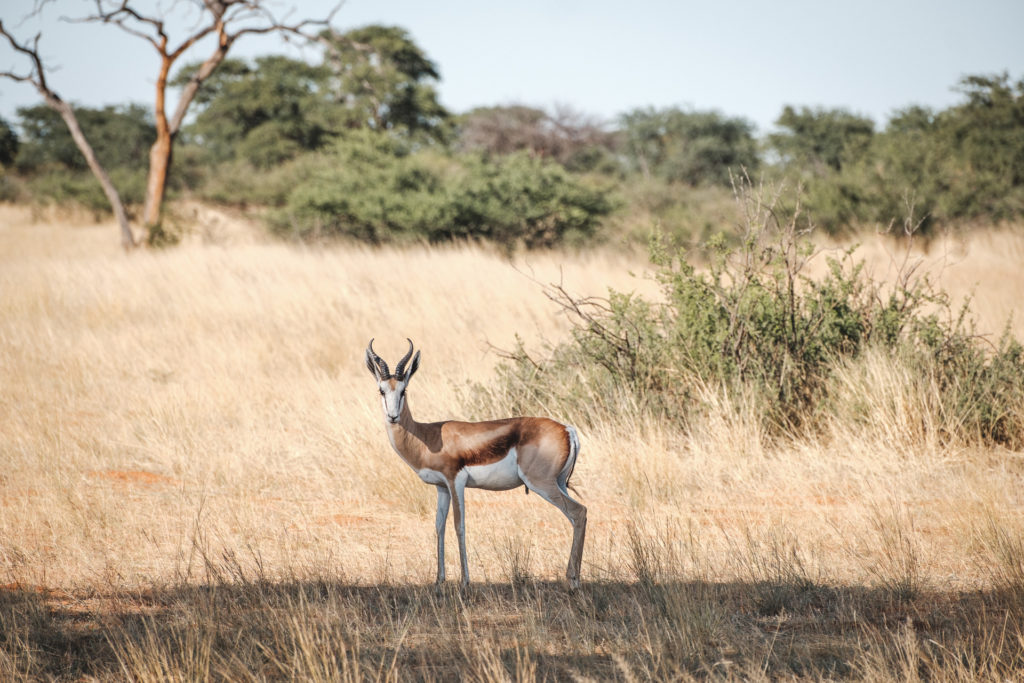
camera trap
drone
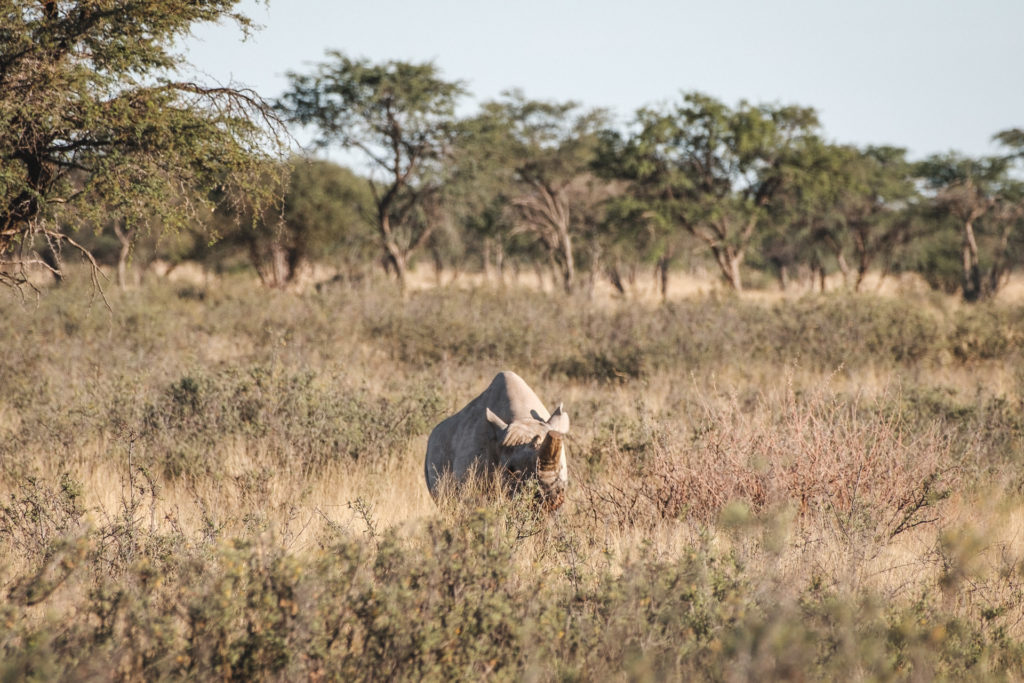
The rhino is a herbivores as well. There are two kind of rhinos as well: the white and the black rhino. Actually they do have the same colour: grey. Due the size and dimension of the rhino, it might be surprising that they can run up to 30 to 40 miles per hour. The rhino is also an endangered animal, which gets haunted because of their horn. Even though the horn is made out of the same material as our the finger nails, there exists the myth, that rhino horn powder has medical healing effects.
camera trap
drone
Zebras grow about 1.5 m high and weigh up to 250 kg. There are three species of zebra with some subspecies and each individual animal has its own pattern. The striking stripes are camouflage in the grassland. Vertical stripes can also be seen on grasses in the landscape and the many stripes of a herd of zebras confuse predators, who then cannot easily identify the individual animals. The zebra lives in herds in the savannah of Africa. During the dry season, zebra herds move to better grazing grounds (usually to the north). With the beginning of the rainy season, the large herds of ungulates return to the savannah, because now they find enough food and water there again. The main food of the zebras are the tips of the fresh green grass, but they also eat the hard grass blades.
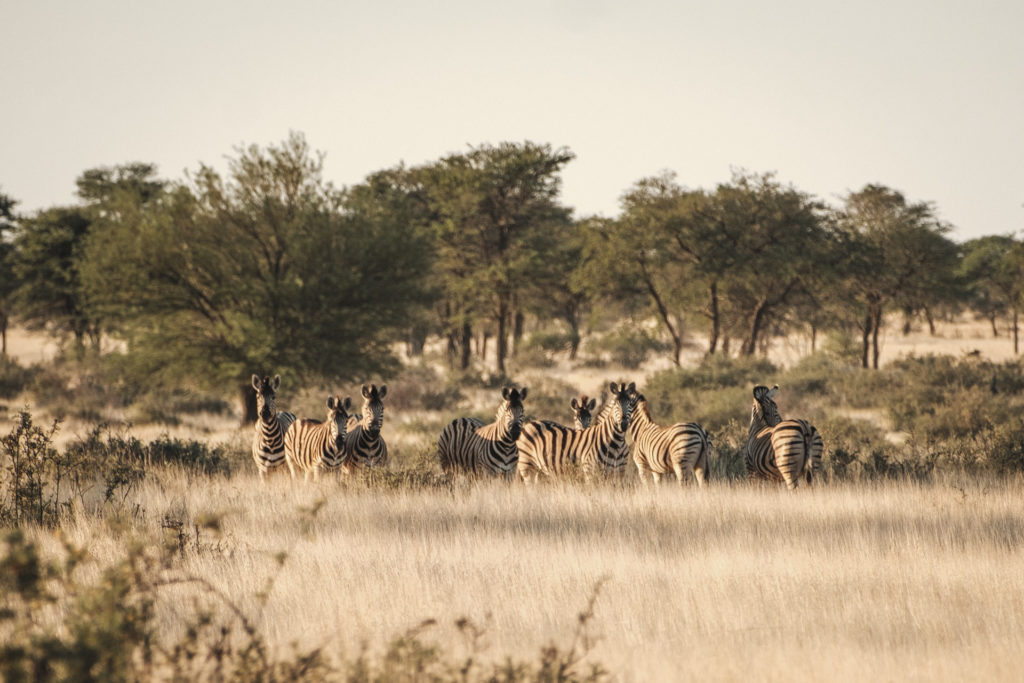
camera trap
drone

The African ostrich is the largest living bird on earth after the closely related Somali ostrich. While today it is native only to sub-Saharan Africa, in earlier times it was also native to western Asia. For humans, the ostrich has always been of interest because of its feathers, meat and leather, which led to the bird’s extinction in many regions.
camera trap
drone
Today, hippos are only found in sub-Saharan Africa. They used to be widespread. Especially in western Africa they have become rare. Today, most animals live in eastern and southern Africa. Hippos measure 2.9 to 5 meters from snout to buttocks, and the thin tail is 40 to 56 centimeters long. The animals grow between 150 and 170 centimeters high and weigh 1000 to 3200 kilograms. The males are larger than the females.
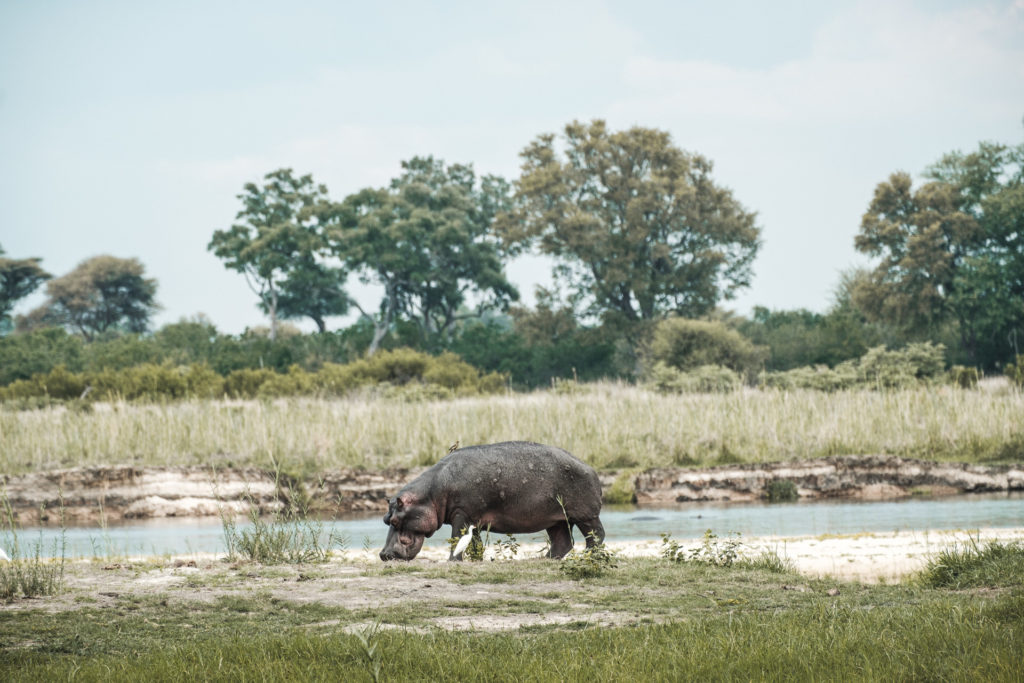
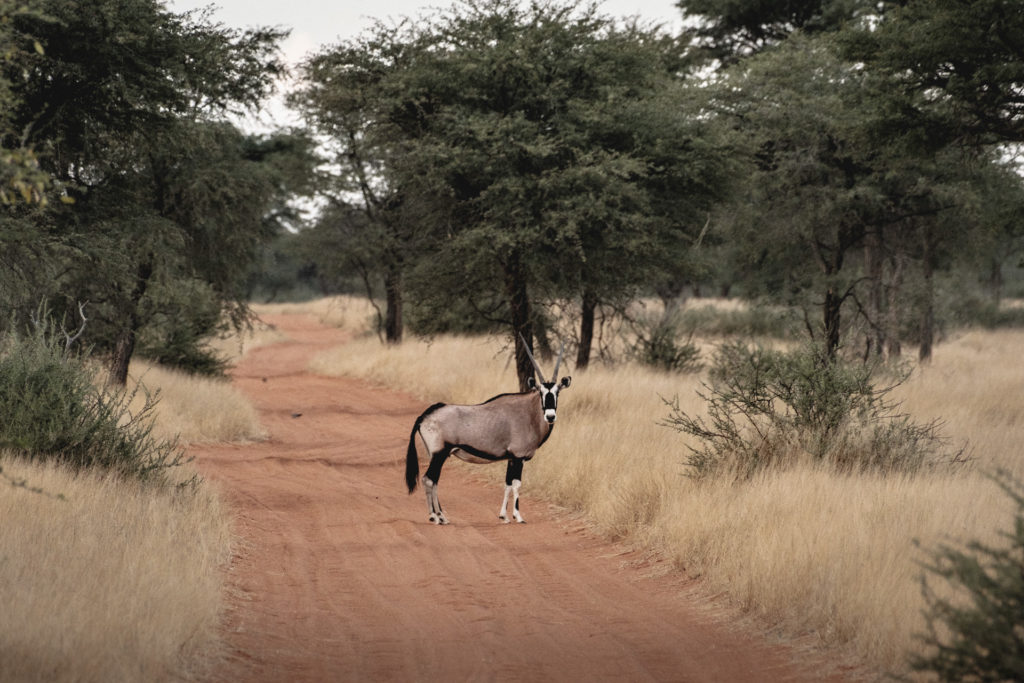
Oryx are distinctive antelopes that live in dry regions of Africa and the Arabian Peninsula. They are also herbivores and eat diverse types of grasses and shrubs. Besides that the Oryx has an unusual circulation system in their head. They are able to cool the blood flowing to their brain through the capillaries in their nose as they breathe.
camera trap
drone
